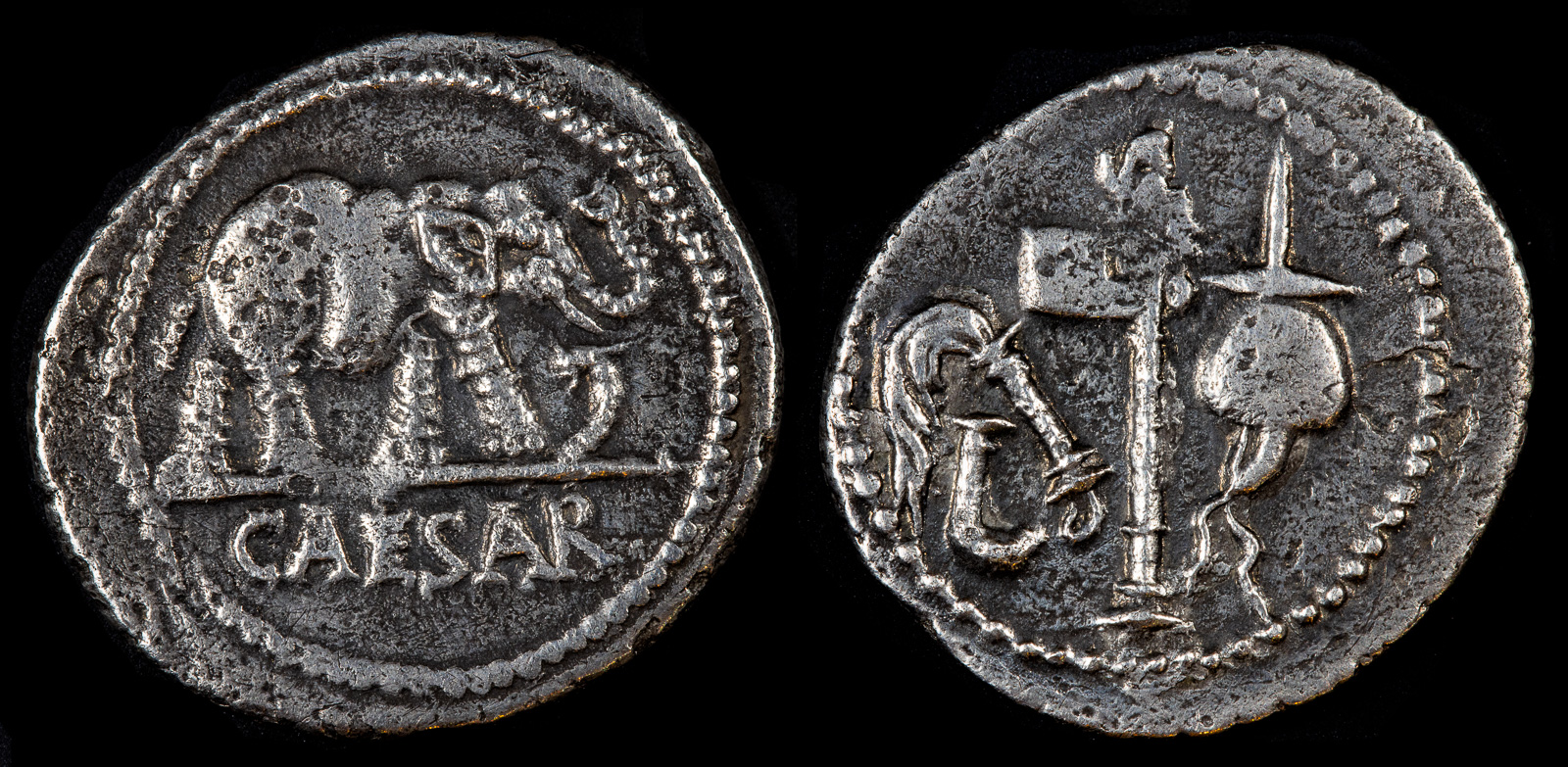Aspergillum
View All Tags
The aspergillum was a liturgical instrument used in ancient Roman religious practices and later in Christian rituals. Its primary function was to sprinkle holy water during various ceremonial rites, symbolizing purification, sanctification, and protection. The aspergillum, typically made from wood, metal, or other materials, consisted of a handle with a brush-like head that could hold and distribute water. This instrument was used by priests or religious officiants during rituals to bless individuals, objects, or places, facilitating the transmission of divine grace and favor.
In Roman religion, the aspergillum was a key part of purification rituals, particularly in temple rites and ceremonies. For example, during sacrifices or festivals, the priest would use the aspergillum to sprinkle water on worshippers or offerings to purify them before seeking the favor of the gods. This practice was rooted in the belief that water had the power to cleanse impurities, whether physical or spiritual, and was essential for ensuring the success of the ritual. The water used in these ceremonies was often taken from sacred sources, such as rivers, wells, or specially consecrated vessels, emphasizing the sacred nature of the act.

Julius Caesar AR Denarius.
Military mint travelling with Caesar, 49-48 BCE
Elephant advancing to right, trampling on serpent; CAESAR in exergue / Emblems of the pontificate: simpulum, aspergillum, securis (surmounted by wolf’s head), and apex. Crawford 443/1; CRI 9; BMCRR Gaul 27-30; RSC 49. 3.26g, 20mm, 2h.